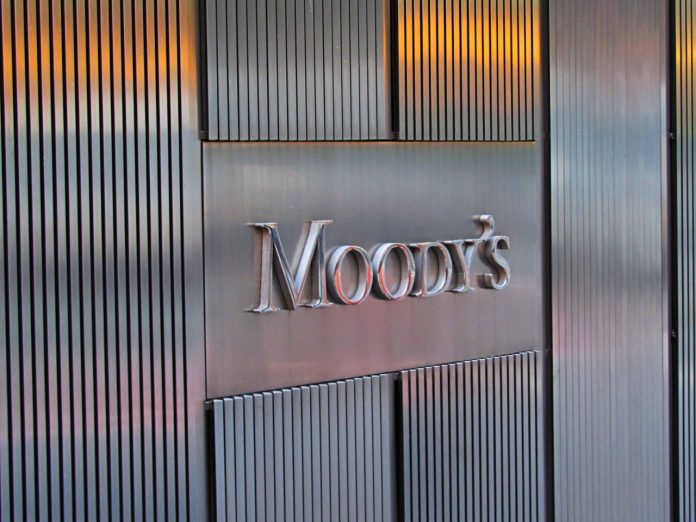Public sector banks (PSBs) may want up to Rs 3.4 lakh crore in external capital over the next years in a situation of intense stress, wherein asset quality in the corporate segment deteriorates similarly to that in the retail and small enterprises segments, rating agency Moody’s said on Friday.
No matter the forbearance measures, under scenario 1, Moody’s expects newly-formed NPLs to almost double to approximately 3.7% of gross loans yearly in the subsequent two years from 1.7% in fiscal 2020, driven via the the retail, SME and agriculture segments. Therefore, banks’ average NPL ratio will boom to about 14.5% by the end of March 2022 from 11% at the end of March 2020, despite the fact that we anticipate formation of non-performing corporate loans under this scenario will stay at its historic average.It did add, though, that a few non-bank financial companies (NBFCs) may additionally default on bank loans amid continued liquidity constraints and a deterioration of their own asset quality.
In the base case situation of only retail and micro, small and medium enterprises (MSME) loans turning awful — which Moody’s calls scenario 1 — PSBs will want up to Rs 2 lakh crore.PSBs are dealing with massive capital shortfalls fresh on the heels of a capital infusion totaling Rs 2.7 lakh crore the government made for the duration of fiscal 2017-20 to restore their solvency that were broken through massive increases in NPLs (non-performing loans) in previous years.
Under scenario 1, PSBs will need approximately half of the required external capital, or Rs 1 lakh crore, to build up loan-loss provisions to approximately 70% of NPLs, which will leave them with enough potential to grow loans eight-10% annually, quicker than 4% in fiscal 2020, and help economic expansion. With a capital infusion of this magnitude, banks would also be capable of maintain capitalisation at tiers corresponding to the ones of similarly rated peers globally, with common equity tier-I (CET-I) ratios of at least 10%. Under scenario 2, PSBs’ external capital needs will almost double to about `3.4 lakh crore in order for them to have CET1 ratios of 10% or better and loan loss coverage of 70%.
Even though the one-time loan restructuring allowed by the Reserve Bank of India (RBI) will prevent a unexpected increase in bad loans, NPLs and credit costs will increase over the following years, hurting PSBs’ already susceptible profitability and depleting their capitalisation.
In the event that scenario 2 materialises, the asset quality forecast for PSBs could be even bleaker, with the NPL ratio hiking to 18% by the end of March 2022 from 11% at the end of March 2020. The new NPL formation could then increase to about 5.7% of gross loans annually over the next two years, exceeding a peak of 5.4% reached in financial 2018, according to Moody’s.
The rating firm expects the recast scheme to have limited success, given the historical experience of such exercises as a substantial share of restructured loans can become NPLs. Moody’s report is expecting more than 50% of loans banks restructured will be slipped into the NPL category.

